May 23, 2024
Have you ever thought about how water flows into Spectacle Pond? Or its journey to other bodies of water?

Can
you locate your home on the map? And see how close it is
to where water enters the pond?

Water Flow in the Watershed
When rain or snow falls, it lands on the surface of the Earth in the form of a single droplet or snowflake. Gradually, water droplets unite, and can form streams that flow towards bodies of water in areas known as watersheds—every point on land that drains to a common outlet. Within these watersheds, water can take different pathways: soak into the ground, flow into ponds and rivers, evaporate, or become stormwater runoff due to impervious surfaces like streets, roofs, parking lots, driveways and compacted soils.
In Cranston, within the Lower Pawtuxet River Watershed, water enters Spectacle Pond from Tongue Pond and through surface flow that comes from the roadways. It can either enter the pond through an underground network of storm drains via a pipe on Lake Street, or through the different dead end streets mostly found on the western side of the pond. From there, water flows through Mashapaug Pond into the Roger Williams Park ponds, and into the Pawtuxet River, ultimately reaching Narragansett Bay.
Every action affects water quality throughout the entire watershed, and beyond.
Why is Phosphorus a Problem?
When water moves in the form of stormwater runoff in our urban areas, it rushes over surfaces, gathering pollutants like fertilizers, sediments, pesticides, car emissions, heavy metals and pet waste. Although phosphorus is a building block for all life, when in excess, it can turn into a nuisance, mainly due to human activity. Cyanobacteria, formerly known as blue-green algae, are ancient organisms capable of creating their own food source through photosynthesis. A phosphorus rich environment leads to their excessive growth.
These cyanobacteria can create harmful algal blooms (HABs), which are dangerous for both humans and non-humans. They release toxins, like microcystins, that can harm fish, pets, and people. When these blooms die, they deplete the oxygen in the water, causing 'Fish Kills.”
What Cranston Is Doing to improve Water Quality?
The City of Cranston has identified and implemented multiple structural and non-structural stormwater green infrastructures to reduce the phosphorus load in Spectacle Pond. Structural Stormwater Treatment Units at Speck Park, Pomham and Barrett Street have already been completed. These underground infiltration basins work to capture water flow and allow natural filtration into the native soil prior to reaching the pond. The City identified these locations as the most advantageous locations to capture stormwater runoff.
Non-Structural Measures such as ongoing maintenance of the existing drainage infrastructure and increased street sweeping at the end of the winter season, are all being used to reduce the discharge of sediment to Spectacle Pond. These systems are designed to capture the initial inch of rainfall that holds most pollutants.
With input from the Department of Environmental Management (DEM), Cranston developed a Total Maximum Daily Load (TMDL) Implementation Plan to reduce phosphorus levels. With the assistance of a SNEP grant the City hired Fuss and O’Neill, a civil and environmental engineering firm and completed a 'Limnological Investigation' and 'Phosphorus Reduction Plan.'
The city raised a key question: Where does the phosphorus come from – is it from internal loading or external sources? It was identified that external sources, particularly lawn fertilizers, as the main contributors to phosphorus. To meet TMDL goals, more efforts are needed to reduce the load entering Spectacle Pond.
What Can Residents Do To Improve the Water Quality?
Every community member can help maintain the health of our water system by collaborating with the city to reduce stormwater runoff and meet TMDL goals. Simple actions can greatly reduce water pollution, including:
- Avoiding fertilizers or choosing low-phosphorus alternatives
- Replacing or reducing lawns with native plants that support pollinators and retain water
- Creating rain gardens
- Installing rain barrels
- Replacing driveways with permeable surfaces such as gravel
- Redirecting downspouts from impervious surfaces to soil
- Properly disposing of pet waste
Nature provides us with natural fertilizers through the leaves of trees. Leaves are nature’s free mulch, part of a natural cycle that evolved over millions of years. Trees take in nutrients from the soil via their roots into their leaves and later replenish the soil with these nutrients as the leaves decompose.
Why leave the leaves?
- Free and organic mulch
- Replenishes the soil
- Supports native plants
- Slows and retains water movement
- Promotes biodiversity
For a clutter-free yard:
- Rake leaves to a contained compost spot before winter
- Use composted leaves as free fertilizer in spring
Cultivating leaves as natural fertilizers, not feeding the cyanobacteria with concentrated fertilizers, is a great way to protect our waterways together. Avoiding fertilizers entirely is the most impactful action.
Homeowner Stormwater Management Resources
Below are some resources to help you start managing stormwater on your property with native plants and permeable surfaces. They include presentations, books, videos, best practices, short readings, and places to source native plants from.
Stormwater Innovation Center
In this training hosted by the Providence Stormwater Innovation Center, residents will learn stormwater-friendly landscaping and horticulture tips and techniques and how to treat your yard like a small ecosystem. The chemicals and pesticides you use in and around your home can be detrimental to your own plants and habitat as well as to downstream water quality. The training will also provide information on how to design, size, construct and maintain residential rain gardens and rain barrels. Rain garden site assessment, soil analysis, plant selection and safety measures are all critical elements to consider when constructing a rain garden on your home.
Rhode Island Stormwater Management Solutions
The work of Dougals W. Tallamy, PhD
Dougals W. Tallamy is an entomologist, ecologist, author, professor and founder of Homegrown National Park who advocates for using native plants to support local ecosystems.
The "Homegrown National Park" initiative redefines national parks by encouraging biodiversity and ecological responsibility in individual homes and communities. Each individual backyard can make a difference. By replacing traditional lawns and non-native plants with native species and managing stormwater runoff with native plants, homeowners can reduce costs, conserve energy and water, and prevent local water pollution.
“What if each American landowner made it a goal to convert half of his or her lawn to productive native plant communities? Even moderate success could collectively restore some semblance of ecosystem function to more than twenty million acres of what is now ecological wasteland. How big is twenty million acres? It’s bigger than the combined areas of the Everglades, Yellowstone, Yosemite, Grand Teton, Canyonlands, Mount Rainier, North Cascades, Badlands, Olympic, Sequoia, Grand Canyon, Denali, and the Great Smoky Mountains National Parks. If we restore the ecosystem function of these twenty million acres, we can create this country’s largest park system. It gives me the shivers just to write about it. Because so much of this park will be created at our homes, I suggest we call it Homegrown National Park.”
~ Douglas W. Tallamy, Nature's Best Hope: A New Approach to Conservation that Starts in Your Yard
Wild Seed Project - Blog
Life in the Garden - Blog
Find Native Plants for Your Backyard!
URI RI Native Plant Guide
Local (RI & MA) Native Plant Nurseries
Non-Local Native Plant Nurseries
The most recent project the City of Cranston has worked on to reduce Phosphorus load to Spectacle Pond is at the end of Pomham St.
This project was completed in May 2024.

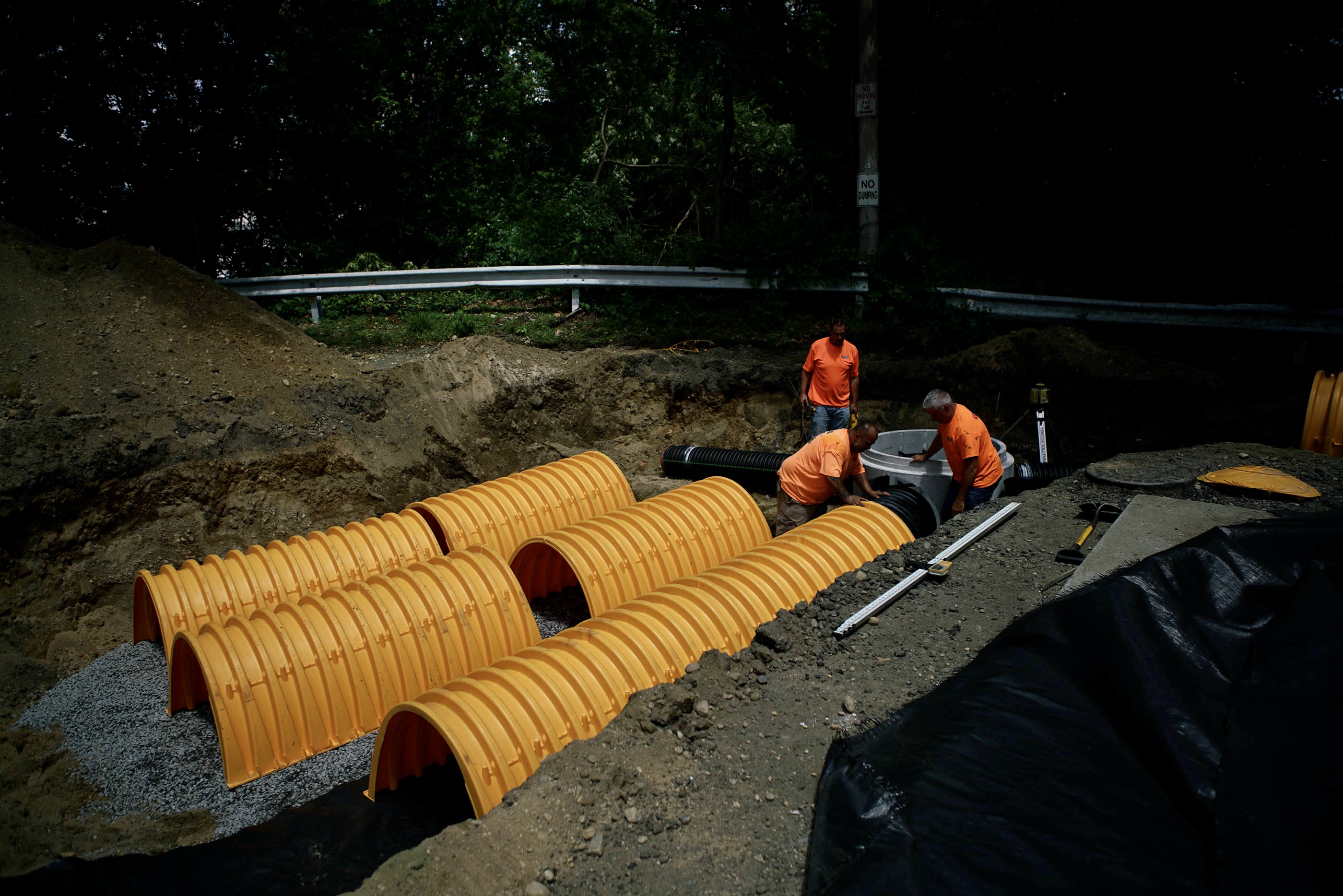
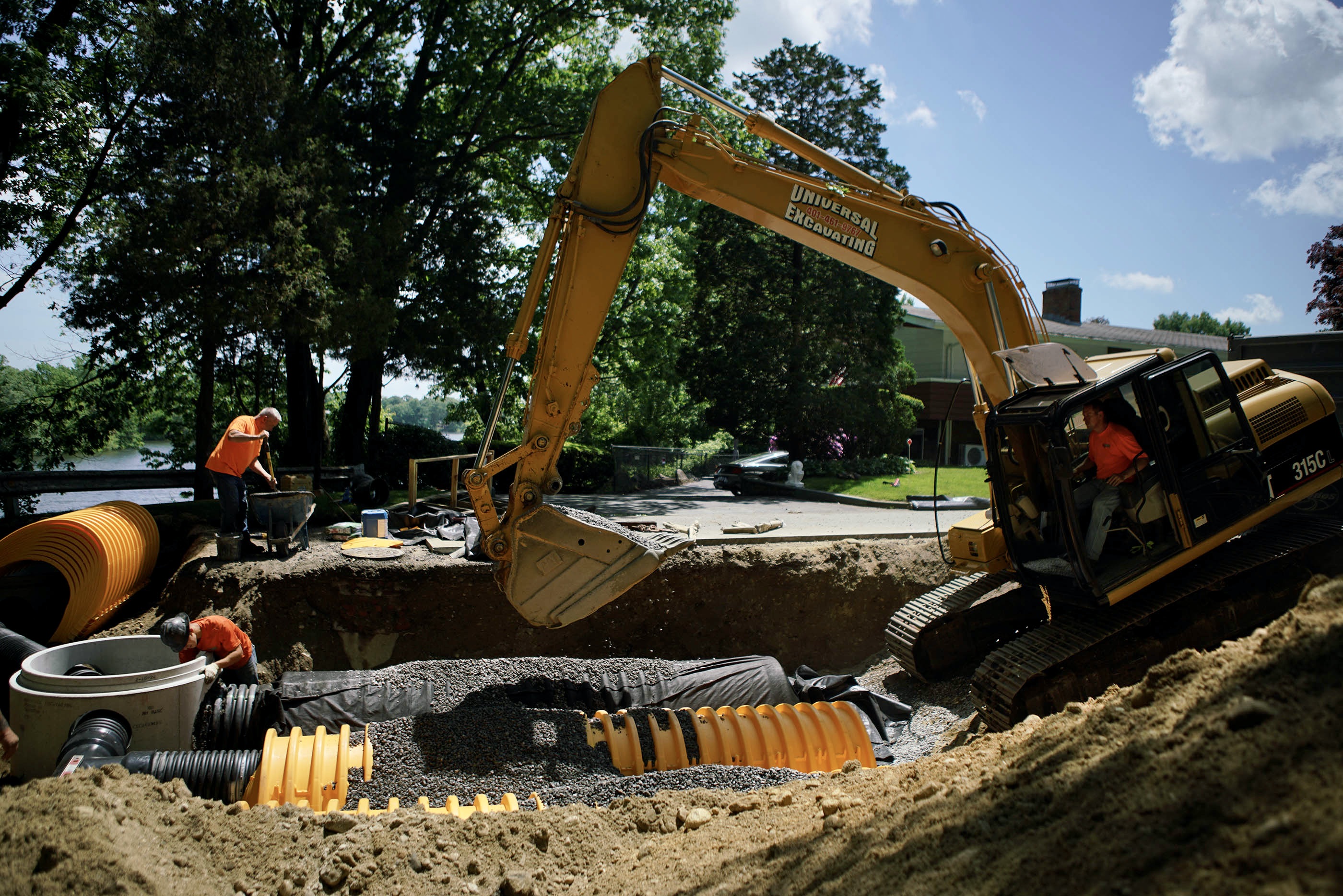
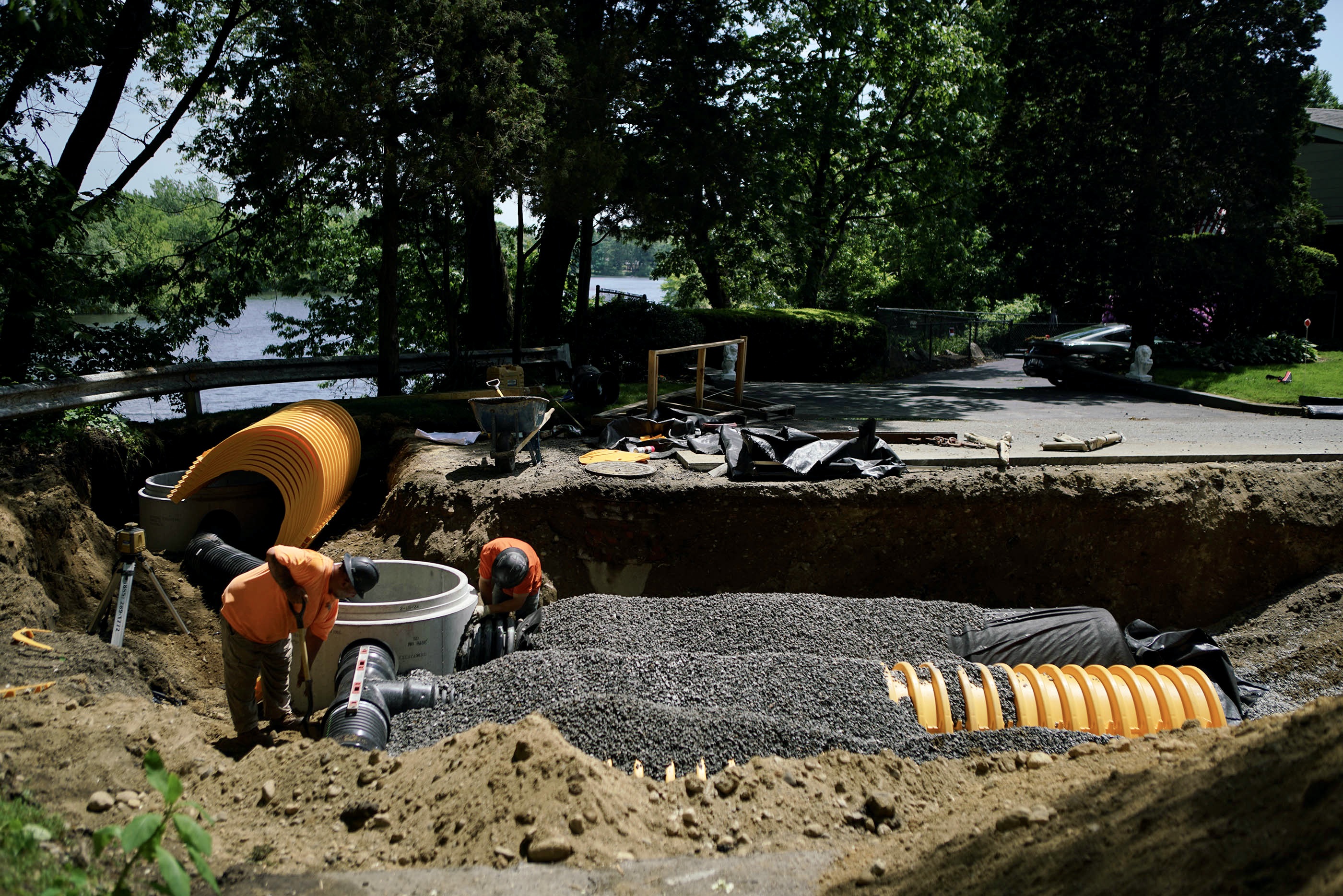
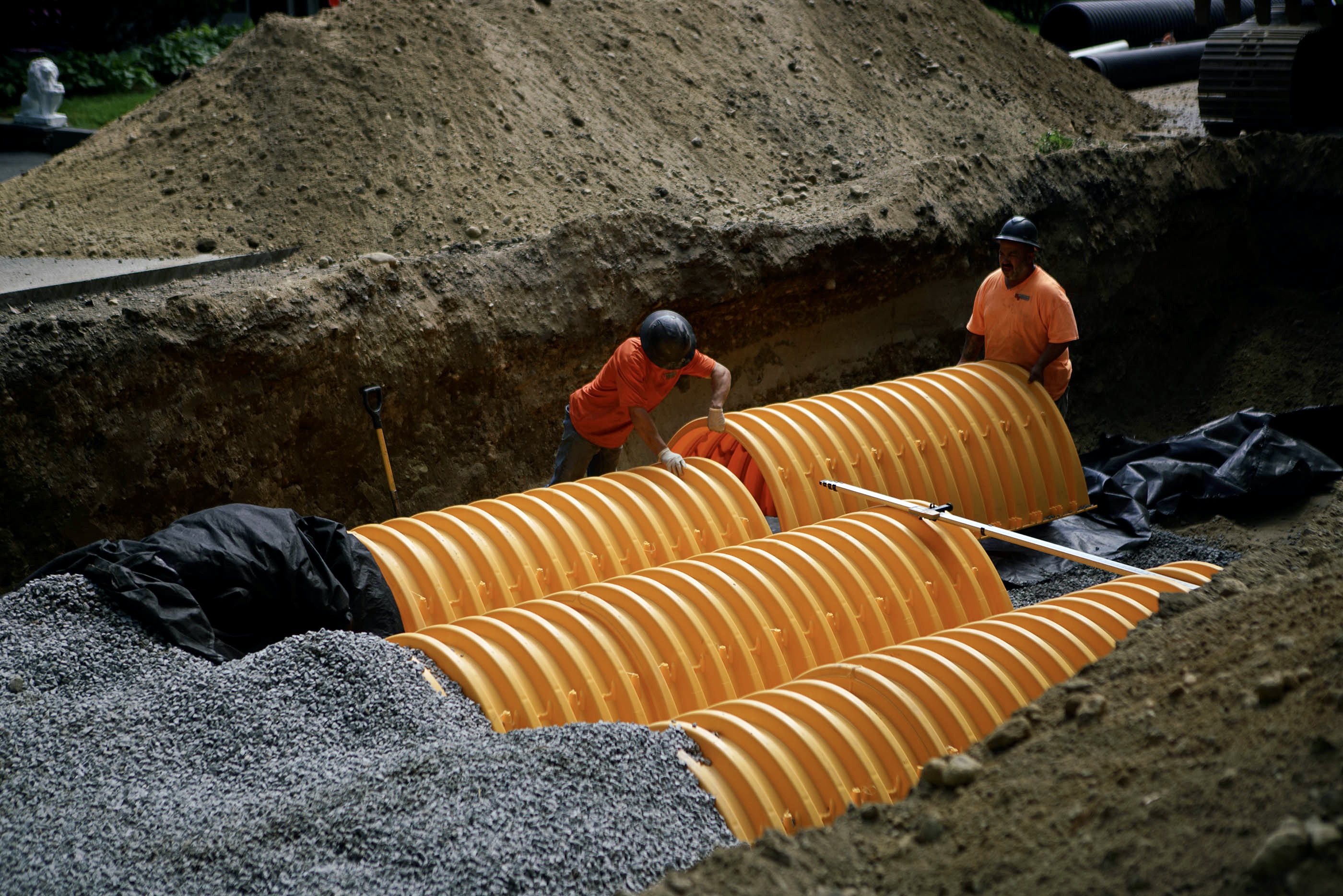
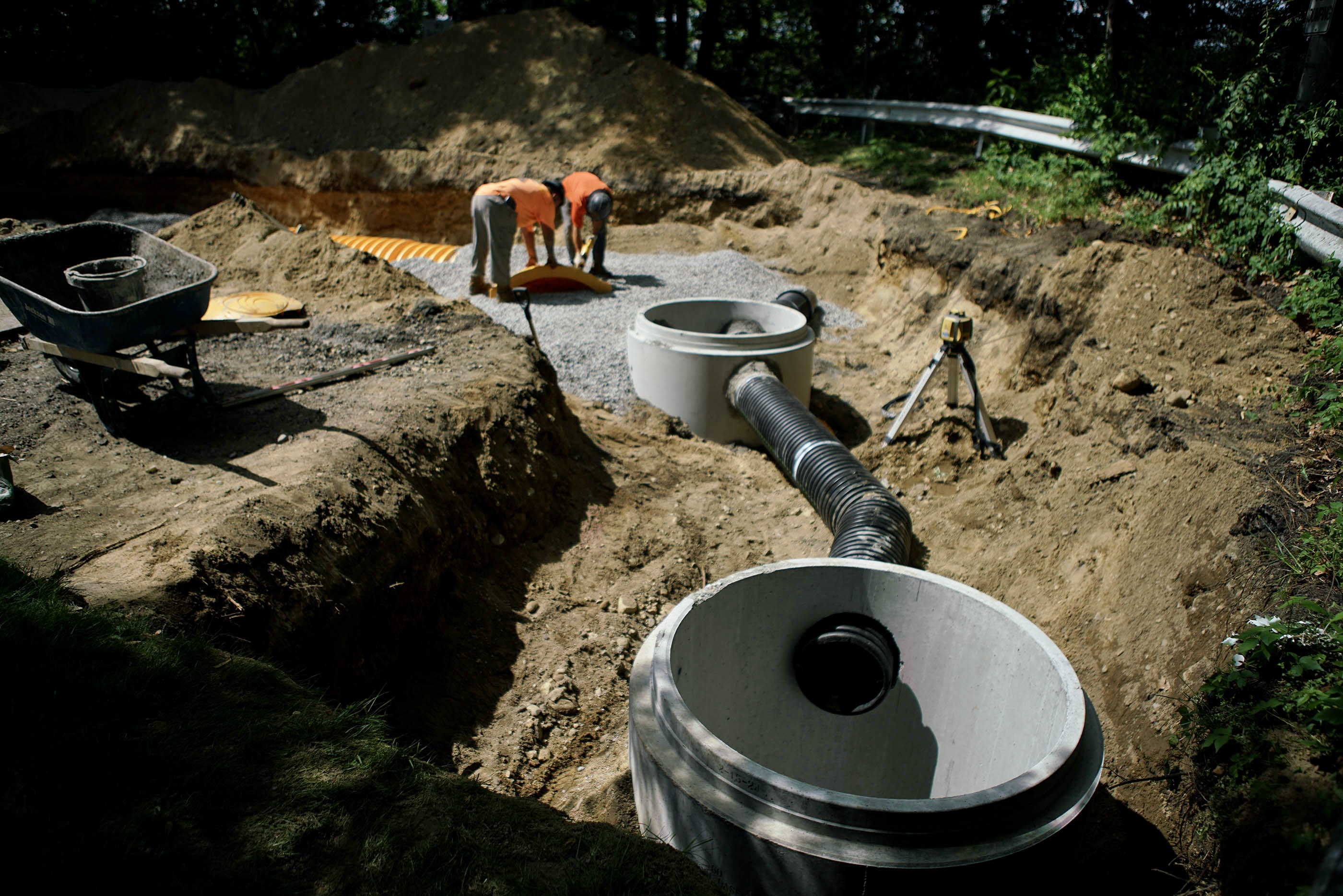

Construction work conducted in Spring 2024 at the end of Pomham Street in Cranston, Rhode Island, has led to the reduction of phosphorus load to Spectacle Pond.
The City of Cranston conducted interviews with Edward Tally, Environmental Program Manager for the City of Cranston and Stefan Bengston, Environmental Scientist at Fuss & O’Neill regarding the Spectacle Pond Watershed.
The following questions were discussed at the noted timestamps:
- What is a watershed? [ 0:49 - 2:32 ]
- What is stormwater runoff and how does it affect the pond? [ 2:33 - 5:07 ]
- How does water flow to the pond? [ 5:08 - 10:28 ]
- Where does water go from Spectacle Pond? [ 10:29 - 11:41 ]
- Why is excess phosphorus problematic in Spectacle Pond, and is this issue localized solely to Spectacle Pond? [ 11:42 - 14:43 ]
- What initiatives is the city of Cranston undertaking to address this issue? [ 14:44 - 18:28 ]
- What is the TMDL (Total Maximum Daily Load) Implementation Plan? [ 18:29 - 21:01 ]
- What actions can the community take to address this issue? [ 21:02 - 25:11 ]
- Is there a way that nature cleans water? What is a rain garden? [ 25:14 - 27:11
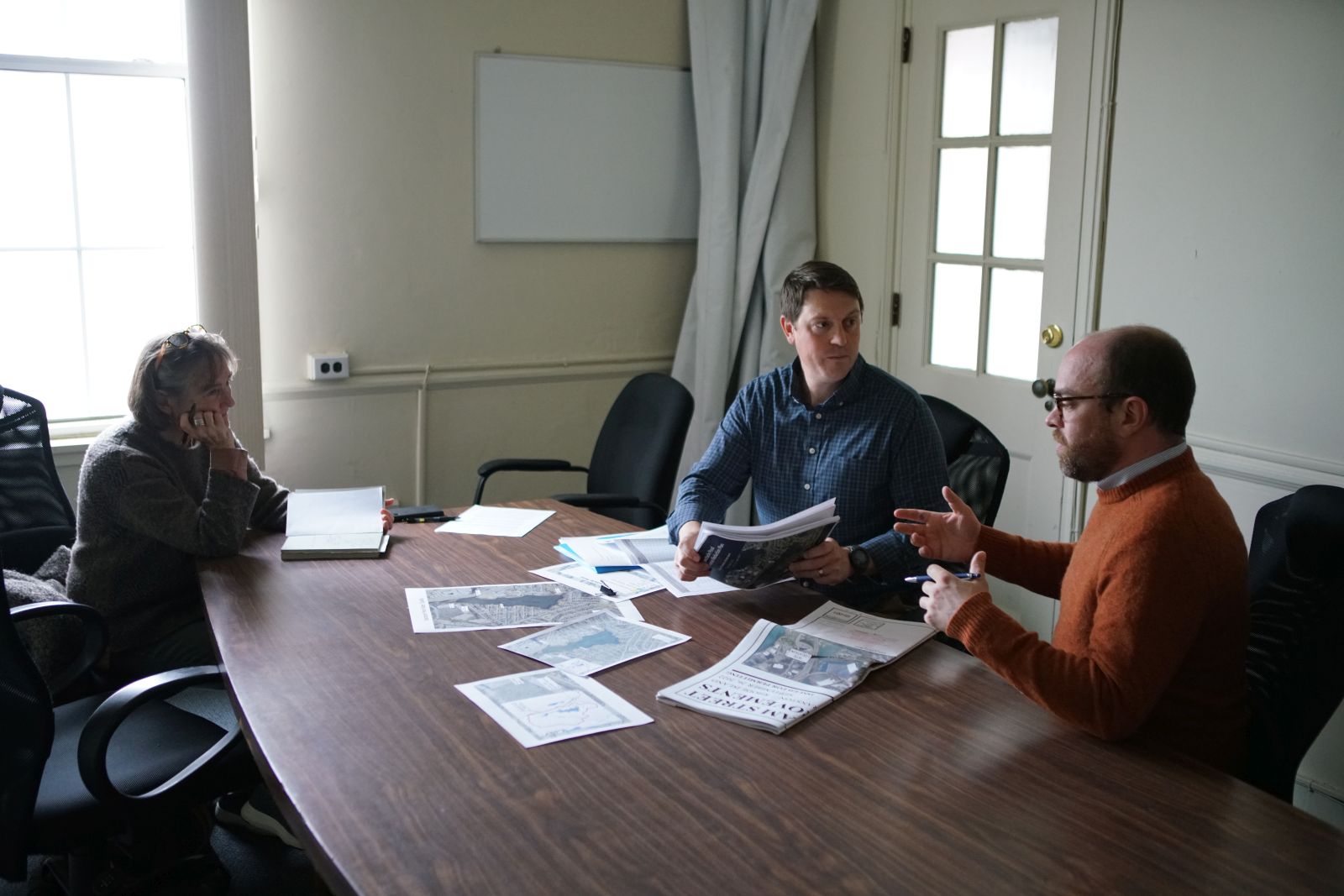
Pictured above: Holly Ewald, Edward Tally, Environmental Program Manager for the City of Cranston and Stefan Bengston, Environmental Scientist at Fuss & O’Neill, discuss the Spectacle Pond Watershed.
Spectacle Pond Water Quality Map (PDF)
The map linked above, discussed in the interview, illustrates the Spectacle Pond Watershed. It highlights the stormwater treatment units that the City of Cranston has implemented in collaboration with Fuss & O'Neill (green), the surface water discharge locations mainly situated at various dead ends around Spectacle Pond (yellow), catch basins and manholes (blue), outfalls (pink), and storm pipes (blue lines).
n interview was conducted with Ryan Kopp, Director of the Stormwater Innovation Center, pictured above with local artist Holly Ewald
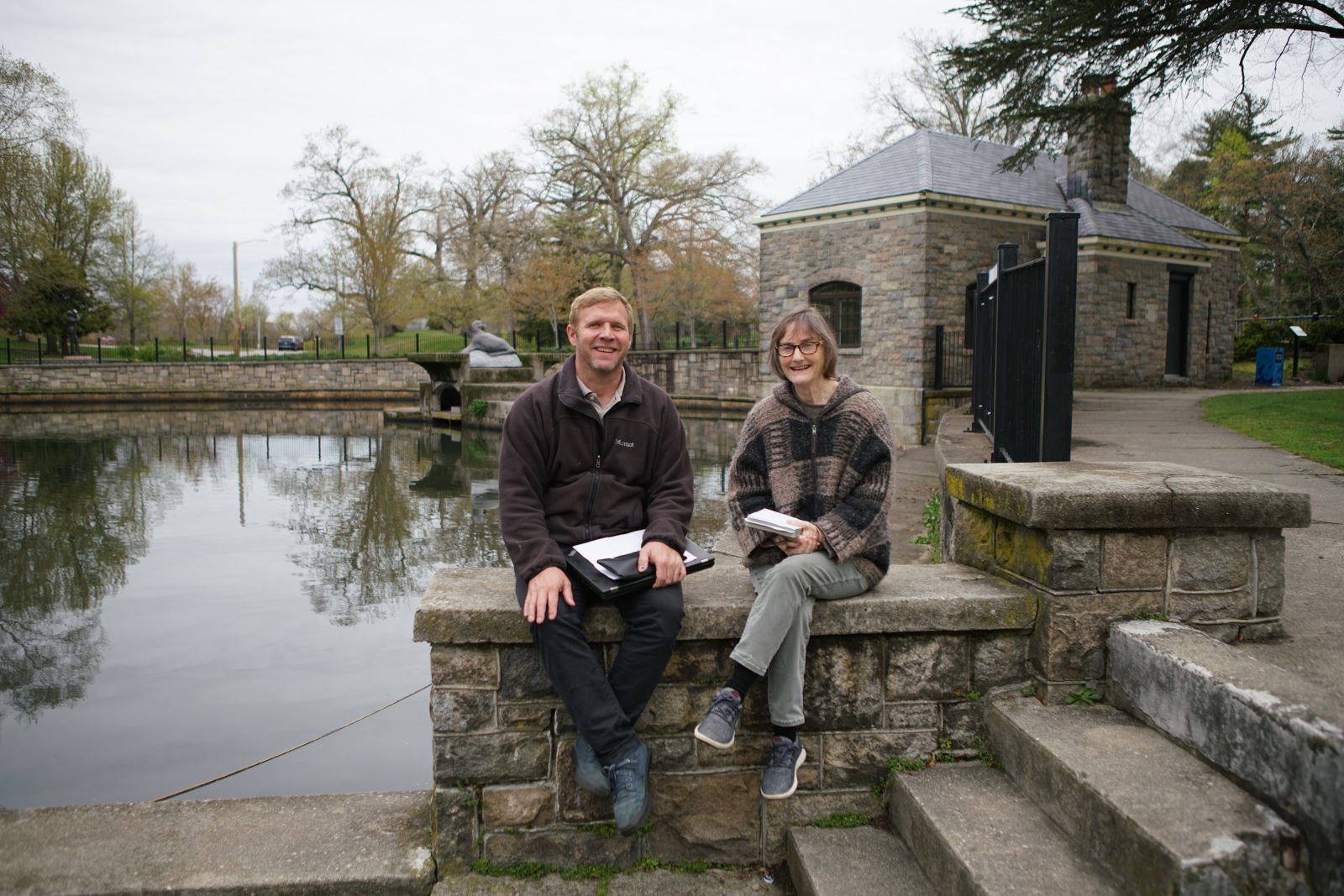
An interview was conducted with Ryan Kopp, Director of the Stormwater Innovation Center, pictured above with local artist Holly Ewald
The following questions were discussed at the noted timestamps:
- What is the Stormwater Innovation Center? [ 0:15 - 1:05 ]
- What is a watershed? [ 1:05 - 2:16 ]
- What watershed are we in here at Roger Williams Park? What is the flow of water upstream and where does the water go from here? [ 2:16 - 3:13 ]
- What is stormwater runoff and how does it affect the pond? [ 2:26 - 5:40 ]
- Why is excess phosphorus problematic in Spectacle Pond, and is this issue localized solely to Spectacle Pond? [ 8:52 - 9:45 ]
- What is the TMDL (Total Maximum Daily Load) Implementation Plan? [ 10:39 - 11:46 ]
- What actions can the community take to address these problems? [ 12:49 - 15:45 ]
Credits
This community engagement and outreach initiative was developed by artists Holly Ewald and Alexandra Ionescu. Graphics for the permanent sign and postcard were achieved in collaboration with Buena Gráfica Social Studio.